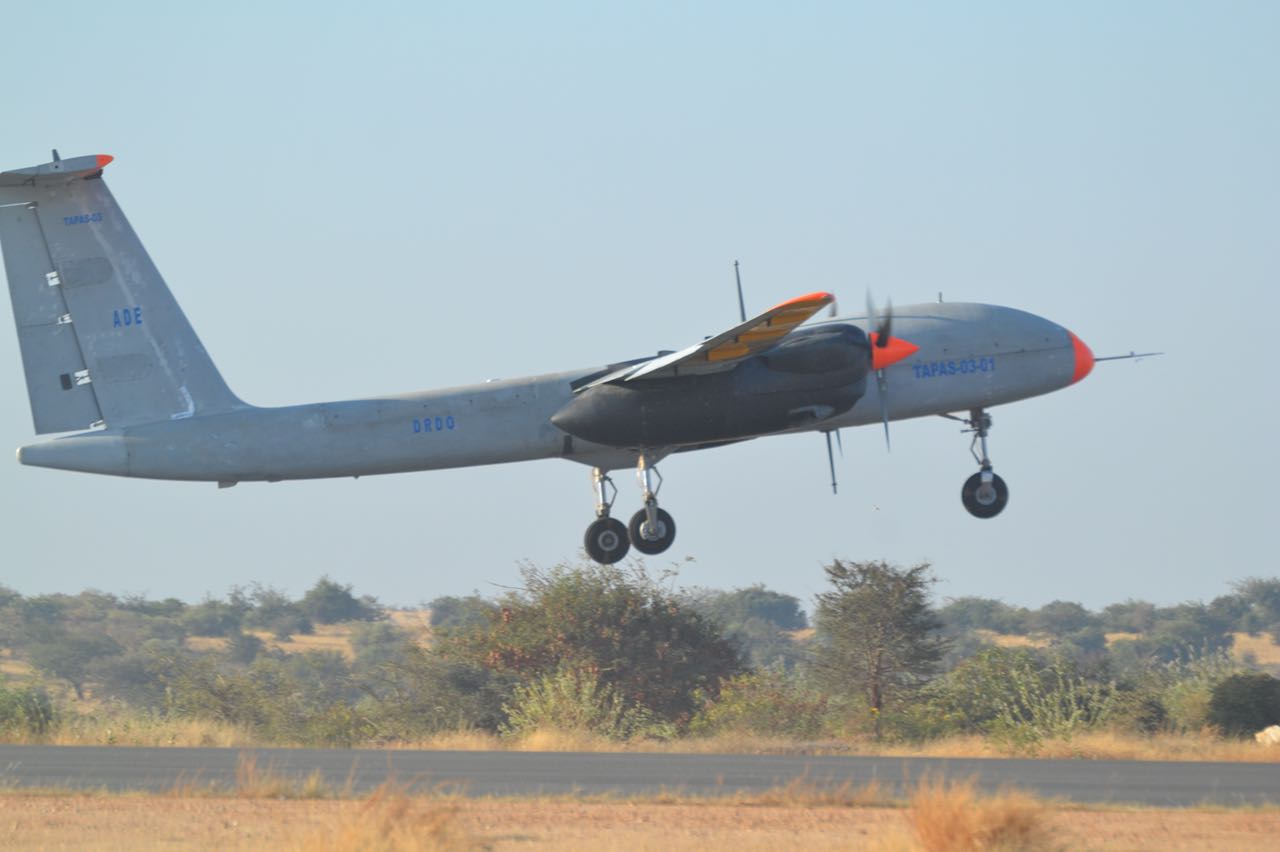India’s successfully tested the Nirbhay subsonic cruise missile, powered by an indigenous engine, for a range of 150 kilometers off the coast of Odisha on August 11, according to reports.
As Taliban Seizes Power, China Poised To Make ‘Big Gains’ In Afghanistan
The missile engine called ‘Manik’ was developed by the Defence Research and Development Organisation (DRDO) under its Indigenous Technology Cruise Missile (ITCM) program. Interestingly, the engine may be used in one more weapon system as well.
Manik has been described as a 450 kgf thrust class Small Turbo Fan Engine (STFE) and is the brainchild of the Gas Turbine Research Establishment (GTRE). The DRDO public relations officer (PRO) did not reply to a text message sent by The EurAsian Times seeking his comments on the latest test.

India had moved a limited number of Nirbhay missiles to the Line of Actual Control where the Indian Army is locked in a standoff with China’s PLA, Hindustan Times reported in December last year.
The STFE is a generic twin-spool engine without an afterburner. It is an expendable, single-use, short-life turbofan engine. The DRDO is reportedly planning to replace the foreign engine used by the missile with Manik.
The latest exercise is part of a series of tests that have been conducted for the Nirbhay missile — a project which has long been mired in technical failures.
The two-stage ICTM has a length of six meters, a diameter of 0.52 m, a wingspan of 2.7 meters, and a launch weight of about 1.5 tons, all of which correspond to the dimension of the Nirbhay cruise missile. The 150 Km test should validate the vertical climb of the engine. However, it is not yet known whether the subsequent dive and horizontal flight have been tested.
According to experts, this engine has been built not only to power Indian cruise missiles but also Unmanned Aerial Vehicles (UAVs).
Significance Of The Missile Test
Speaking about the August 11 test, Dr. S Guruprasad, a former DRDO Director-General (Production Coordination and Services Interaction), told The EurAsian Times, “This development is very significant. First, it is an excellent design and state-of-the-art in this class of engines. The long experience while developing the Kaveri engine has come in handy here; GTRE has excellence and a complete knowledge repository.”
“The material technologies that are required have already been developed by DMRL Hyderabad. This engine does not have or rather does not need an afterburner for this application or even if this engine is used in UAVs. Secondly, the industry base for manufacturing these engines is well established. HAL has been manufacturing aero engines and even the private industries are capable of manufacturing these engines,” added the former senior DRDO official.

“The engines of UAVs are a sensitive issue internationally, especially weaponized UAVs with very long endurance and range,” said Dr. Guruprasad, adding that with the completely indigenous technologies India can build and operate a variety of long-range UAVs with significant surveillance and weaponized UAVs.
“The cruise missiles built around this engine can easily cover 1000 km and UAVs may have a range of 2000 km depending on the design and altitude of operation”.
Shashwat Gupta Ray, a veteran defense journalist and former editor, Gomantak Times, who has extensively covered DRDO developments in the past, has echoed Dr. Guruprasad’s views that the successful testing of the Manik would provide a big boost to the Nirbhay program.
“The test-launch of Indigenous Technology Cruise Missile with a new Made-in-India turbofan engine is a remarkable technological breakthrough. The successful testing of the Manik engine can lead towards developing a wider range of engines that could enhance the reach and speed of our cruise missiles in the future,” Ray told The Eurasian Times.
“Most importantly, it could play a crucial role in strengthening our UAV technology, considering that the Armed Forces is actively sourcing powerful drones to counter a similar kind of threat emerging from across the border,” he added.
Some military technology analysts believe that the real-world application of the indigenously developed Manik engine in UAVs is speculative at best. However, a fact that has largely been accepted by the strategic community is that the use of weaponized drones is a reality and that India needs a well-defined counter-drone policy.
UAVs — A High-Priority Area
The strategic discourse towards anti-drone operations became increasingly vocal in the wake of the drone attack inside the highly sensitive Jammu Airforce Station last month.
A pair of UAVs successfully managed to infiltrate and exfiltrate from the airbase before dropping two different types of Improvised Explosive Devices (IED) in a span of a few minutes of one another.

The remotely piloted attack (which was believed to have had a Pakistani signature) resulted in two Indian Air Force (IAF) personnel sustaining minor injuries. Mere weeks after this attack, another drone was detected flying near the air force station.
“UAV operations are coming of age and the UAV threat is increasing by the hour. As the threat increases, the need to protect own forces and vulnerabilities against this potent game-changing threat is also growing,” wrote former Director-General of Artillery, Lieutenant General PR Shankar (Retd) in a paper published by the United Services Institute of India (USI).
The retired General, who is currently a professor of Aerospace Engineering at the Indian Institute of Madras, outlined a comprehensive counter-drone doctrine in his paper and stressed the need to focus on the mounting drone threat.
“Commercial drones with military GPS facilities are a potent threat for delivery of ordnance accurately on a target, without endangering the originator. The need, therefore, exists to look at regulation of ownership and operation within the country,” said Rear Admiral Vineet Bakshi (Retd), when asked about the drone threat and ease of commercial drone ownership in the country.
The Eurasian Times reported that India’s home-grown Rustom-2 medium-altitude long-endurance (MALE) drone could be manufactured by state-owned Hindustan Aeronautics Limited (HAL).
Rustom-2, now called TAPAS BH-201, is touted to be India’s first indigenously built unmanned combat aerial vehicle (UCAV) and has an operational range of 1000 km, with a payload capacity of 350 kg.




